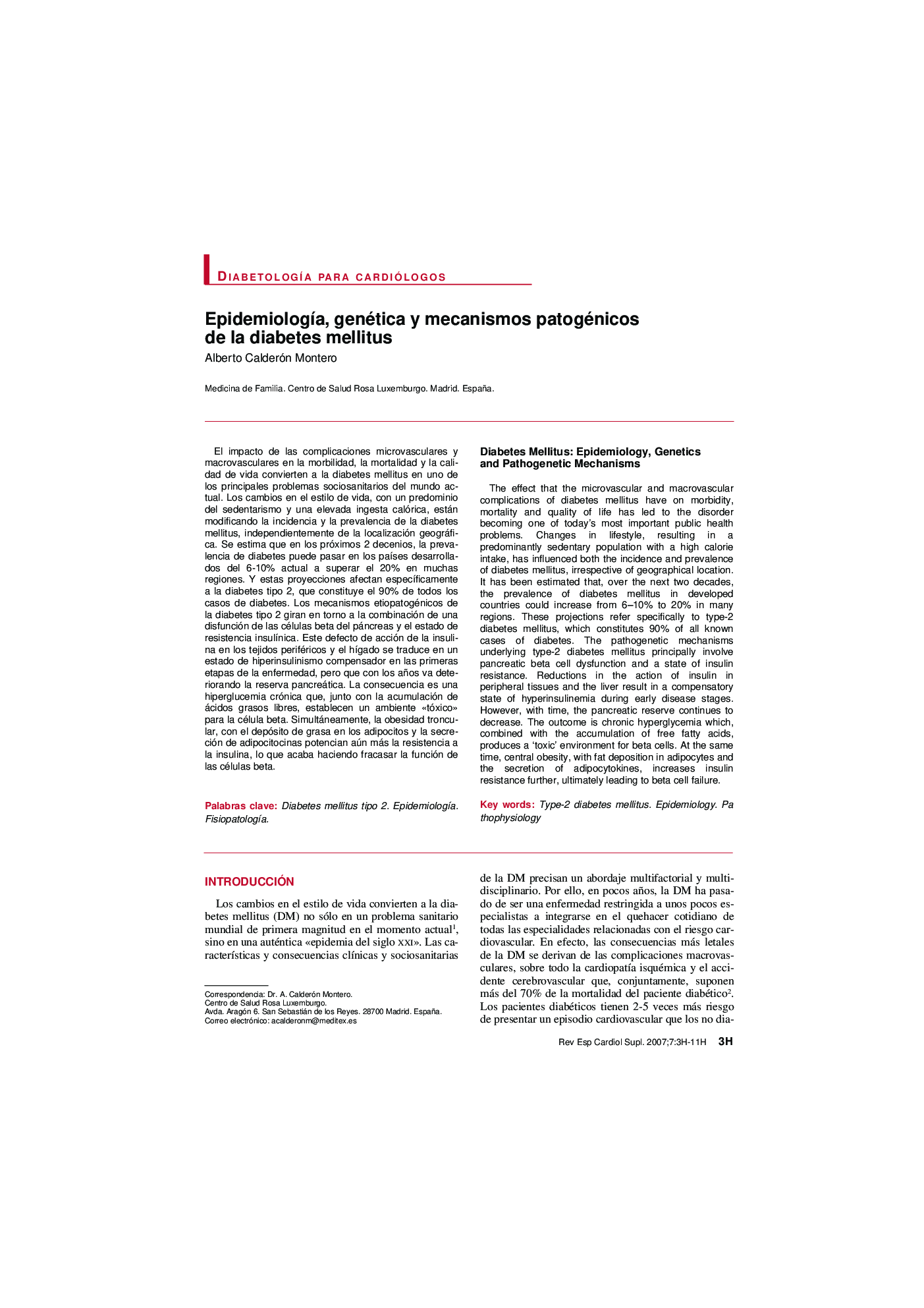| کد مقاله | کد نشریه | سال انتشار | مقاله انگلیسی | نسخه تمام متن |
|---|---|---|---|---|
| 3019632 | 1182247 | 2007 | 9 صفحه PDF | دانلود رایگان |
عنوان انگلیسی مقاله ISI
EpidemiologÃa, genética y mecanismos patogénicos de la diabetes mellitus
دانلود مقاله + سفارش ترجمه
دانلود مقاله ISI انگلیسی
رایگان برای ایرانیان
کلمات کلیدی
IMCDM1DM2HbA1cGBAAGLácidos grasos libres - اسیدهای چرب آزادEpidemiología - اپیدمیولوژیEpidemiology - اپیدمیولوژی(همهگیرشناسی)TAG یا triacylglycerols - تری گلیسرید یا تری آسیل گلیسرولDiabetes mellitus - دیابت قندیDiabetes mellitus tipo 1 - دیابت نوع 1type-2 diabetes mellitus - دیابت نوع 2Diabetes mellitus tipo 2 - دیابت نوع 2Indice de masa corporal - شاخص توده بدنResistencia insulínica - مقاومت به انسولینHemoglobina glucosilada - هموگلوبین گلیکوزیله شدهPathophysiology - پاتوفیزیولوژیFisiopatología - پاتوفیزیولوژیGlucemia basal alterada - گلیسمی پایه اصلاح شده
موضوعات مرتبط
علوم پزشکی و سلامت
پزشکی و دندانپزشکی
کاردیولوژی و پزشکی قلب و عروق
پیش نمایش صفحه اول مقاله

چکیده انگلیسی
The effect that the microvascular and macrovascular complications of diabetes mellitus have on morbidity, mortality and quality of life has led to the disorder becoming one of today's most important public health problems. Changes in lifestyle, resulting in a predominantly sedentary population with a high calorie intake, has influenced both the incidence and prevalence of diabetes mellitus, irrespective of geographical location. It has been estimated that, over the next two decades, the prevalence of diabetes mellitus in developed countries could increase from 6-10% to 20% in many regions. These projections refer specifically to type-2 diabetes mellitus, which constitutes 90% of all known cases of diabetes. The pathogenetic mechanisms underlying type-2 diabetes mellitus principally involve pancreatic beta cell dysfunction and a state of insulin resistance. Reductions in the action of insulin in peripheral tissues and the liver result in a compensatory state of hyperinsulinemia during early disease stages. However, with time, the pancreatic reserve continues to decrease. The outcome is chronic hyperglycemia which, combined with the accumulation of free fatty acids, produces a 'toxic' environment for beta cells. At the same time, central obesity, with fat deposition in adipocytes and the secretion of adipocytokines, increases insulin resistance further, ultimately leading to beta cell failure.
ناشر
Database: Elsevier - ScienceDirect (ساینس دایرکت)
Journal: Revista Española de CardiologÃa Suplementos - Volume 7, Issue 8, 2007, Pages 3H-11H
Journal: Revista Española de CardiologÃa Suplementos - Volume 7, Issue 8, 2007, Pages 3H-11H
نویسندگان
Alberto Calderón Montero,